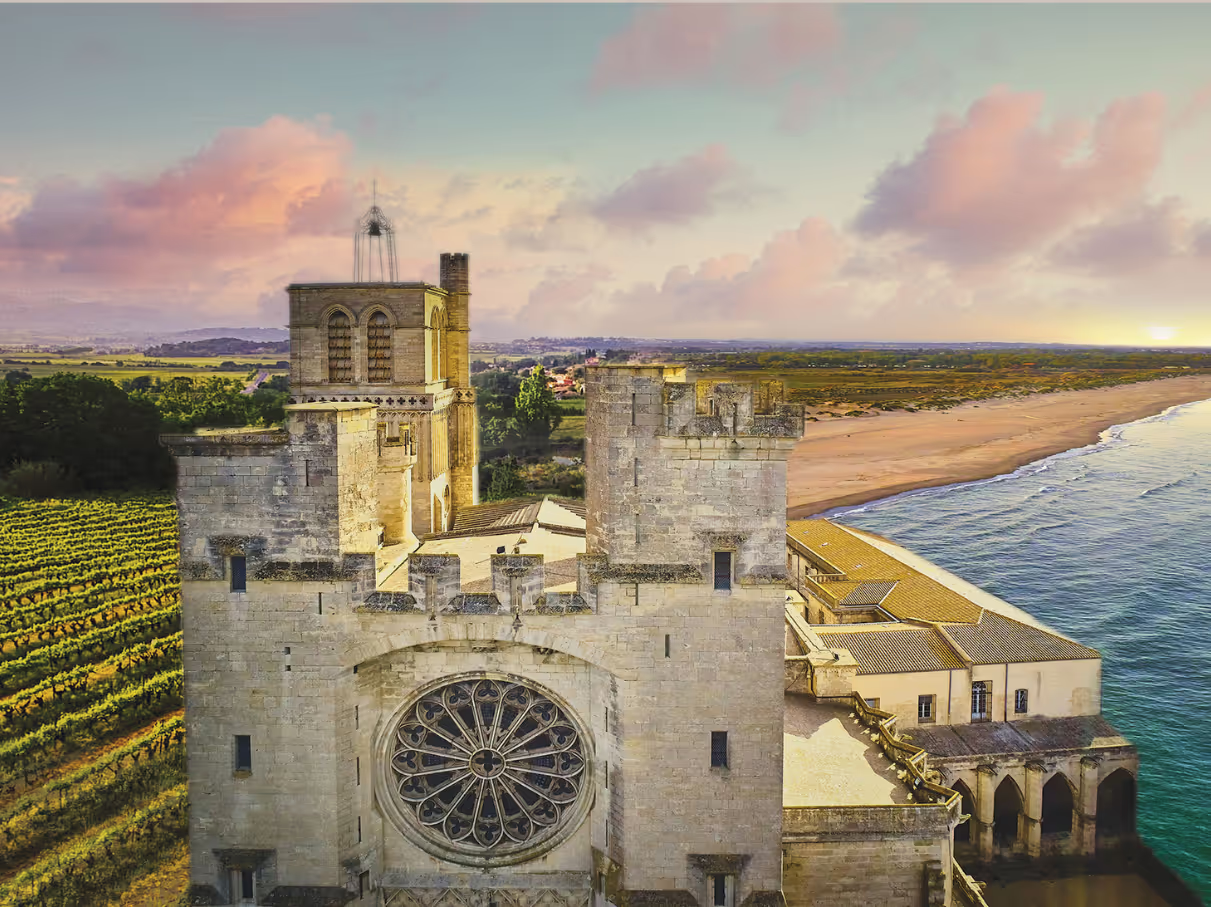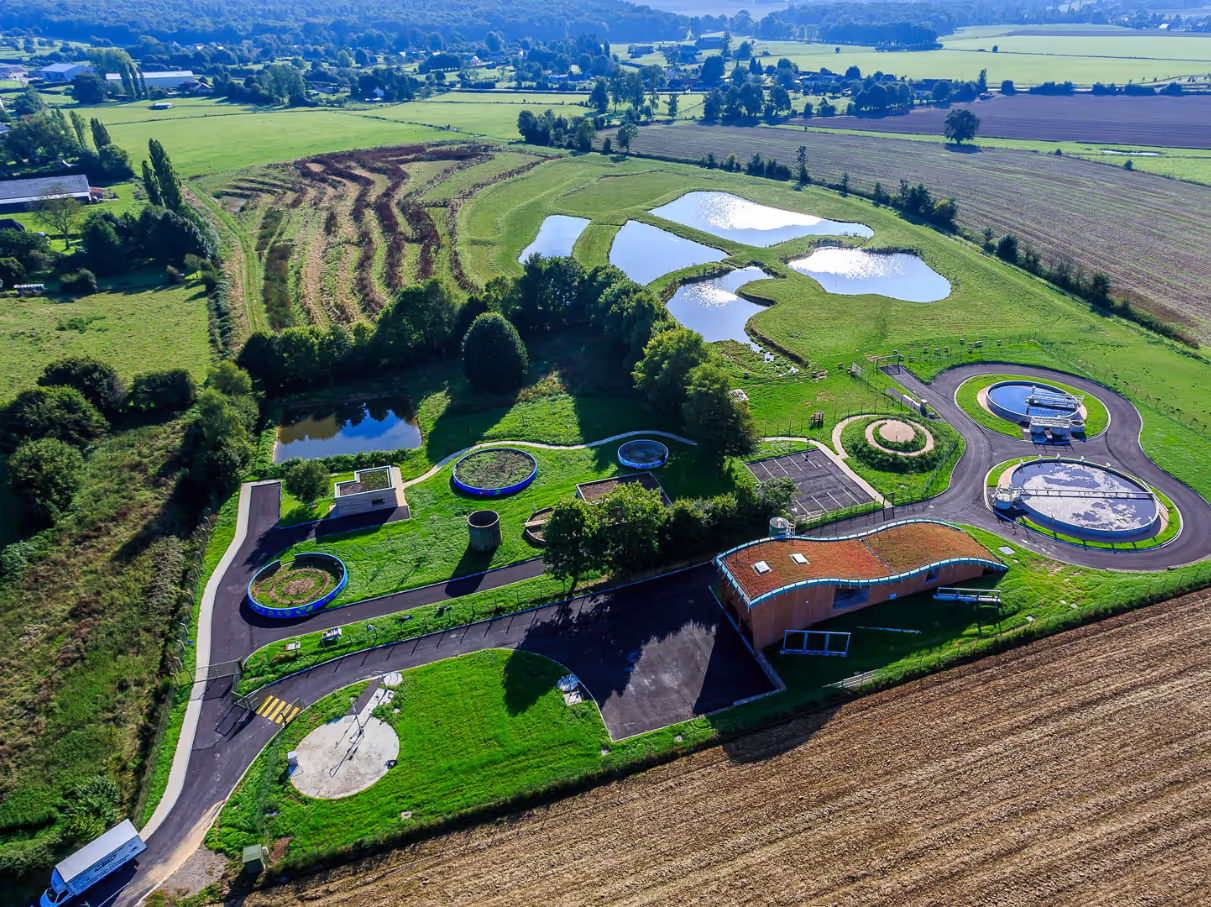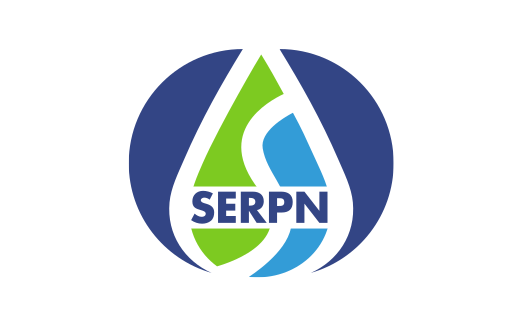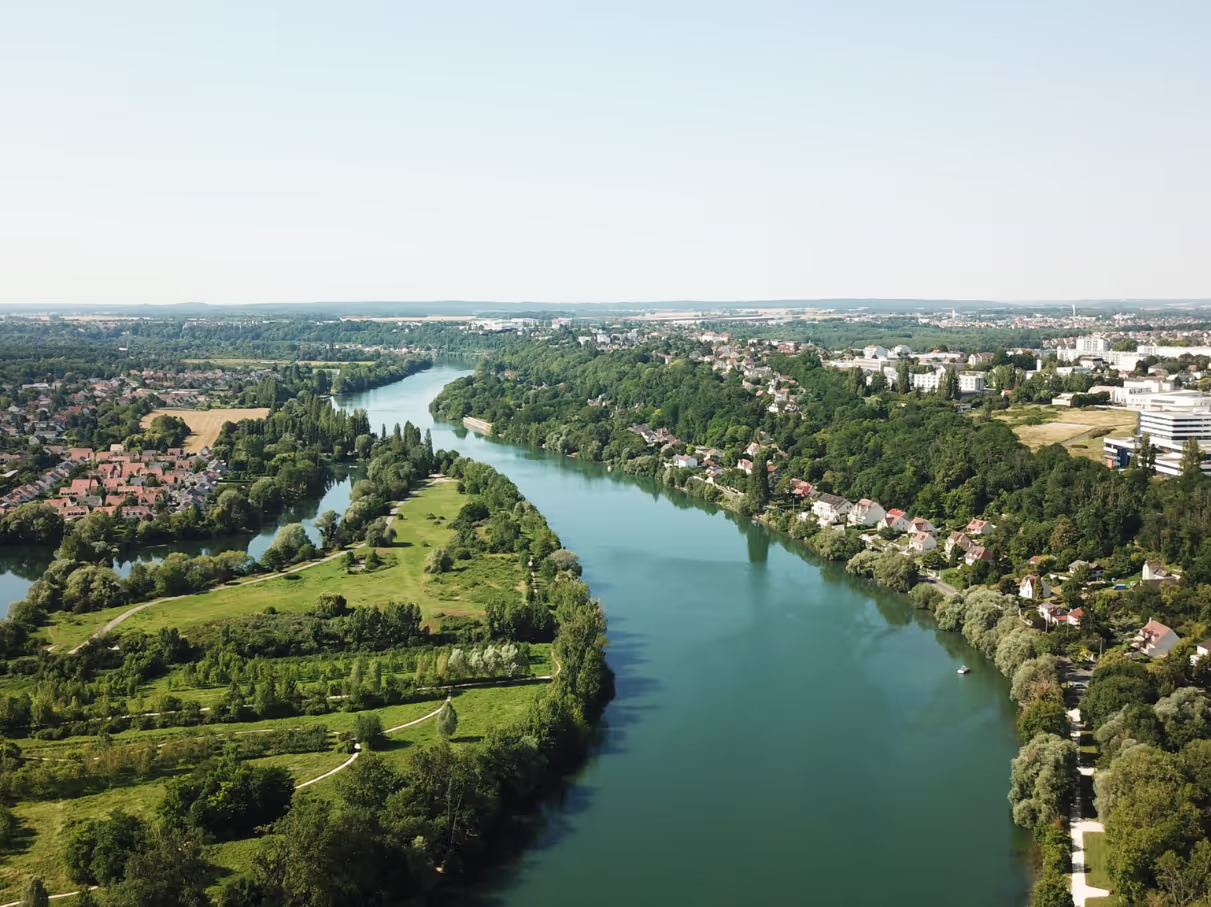An expensive and complex context
In Béziers Méditerranée, the renovation of the water network represents a major budgetary challenge.
Close to 60% of pipes are over 50 years old, and the average renewal rate ceilings at 0.5% per year.
Each isolated construction site generates Millions of euros in additional costs And long disturbances for residents, in a dense urban area where coordination between services is essential.
From manual analysis to automated simulation
Before adopting TWIN, the work was driven by breakage models and hard-to-maintain spreadsheets.
GIS data were not very accessible, and each new analysis required many hours of manipulation.
The technical service lacked a tool capable of cross-referencing water network data with road programming to identify synergies between projects and cut costs.
Simple and reliable renovation scenarios for planning
With TWIN, the water utility was able to move from a reactive approach to proactive planning.
The tool automatically ranks high-risk sections, and generates maps and statistics to test different renewal scenarios — identifying the 6% of the network most at risk.
These analyses form the basis of a shared investment plan across municipalities, ensuring transparent and well-reasoned decisions.
TWIN allows us to isolate the most critical 6% of the network for each scenario, graded from A to D, and to build a shared investment plan.
— Olivier Bouvier, Water and Sanitation Technician
Controlled costs and better-shared decisions
Thanks to this approach, renovation costs have been optimized and disruptions for residents reduced.
Elected officials now have a shared, data-driven view that facilitates decision-making and strengthens trust between departments.
The adoption of TWIN marks a major step toward a coordinated and efficient management of the water and road infrastructure.
Already fully operational, the tool enables the authority to better target high-risk sections, optimize budgets, and export data to the city’s internal systems.













![[Sicoval] Sicoval in an urban area](https://cdn.prod.website-files.com/67fd093c8c3362277a6ee984/683483b3f555590fee698d1c_6834835dabb3143b9e1d7c6d_Design%20sans%20titre%20(17).avif)
